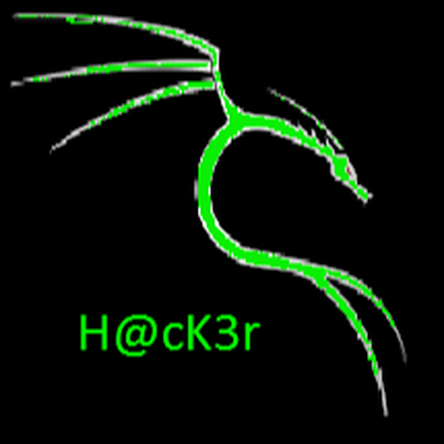Unable to delete 0 byte file.
I was playing with batch files and accidentaly created a 0 byte, no extention file.

I googled the problem and I found out that closing explorer.exe and deleting the file via command would help. Tried that. It didn't help. Any software that could do it? Any other suggestions?
Thanks for your help in advance :)
この質問は役に立ちましたか?


 2
2 
 12
12  8
8 
7 件のコメント
Honestly, if its doing no harm to the laptop, you should probably just leave it.
Aiden さんによる
It's taking up space on my desktop. I need that space :(
SLimy さんによる
I would suggest using an administrative login to examine the file permissions. You need to open up the permissions and try the delete again afterwards. Windows file system permissions can make you want to resort to violence at times. Use of cygwin can help sometimes when all else fails.
tcagle53 さんによる
If its just taking up space on the desktop, you can set the file to be hidden so you cannot see it unless you have view hidden files enabled. also what is this File Unlocker thing mentioned in the file description?
Aiden さんによる
@professorc I doubt changing the permissions would do anything. Cygwin on the other hand might. I'll try that. Thanx for your help.
SLimy さんによる
2件以上のコメントを表示